Working AI: At the Office with Data Scientist Joe Gambino
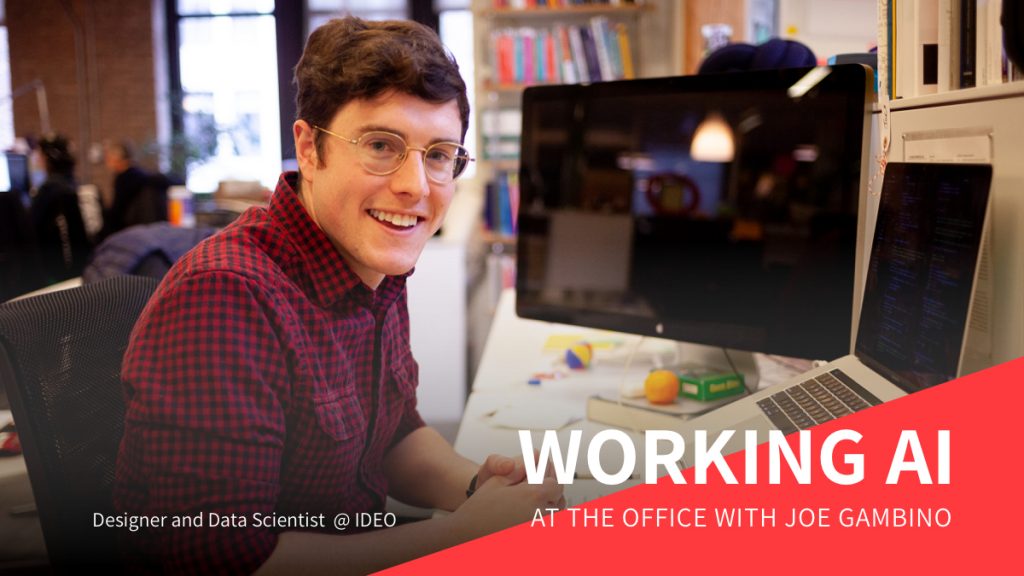
How did you first get started in AI?
Studying mechanical engineering in school, I learned early on that I liked math and algorithms. But I never thought to switch to computer science because I always liked my classes. I was also studying design and gravitated toward physical product development jobs after school.
Working full-time on plastic medical devices, I began to miss math and coding. I also worked alongside systems engineers at my first job, but I didn’t know that what they were doing was called data science. When I wanted to change careers, some close friends and mentors guided me towards data science, and attending the Metis three-month bootcamp helped me make the switch.
What are you currently working on at IDEO?
Currently, I’m preparing to launch a two-month experiment. I am helping translate our goals into structured and testable questions, planning a timeline and what analyses we want to perform, and making sure we’re set up to collect the necessary data to turn those analyses into predictive algorithms. We believe the best work happens when it’s highly collaborative here at IDEO, so my team includes a product designer, interaction designer, software engineer, mechanical engineer, and design researcher. Together, we are designing a web app to run the experiment and collect data. Independently, I prototyped a classification algorithm to show the team an example of what we might be able to do with the data we collect.
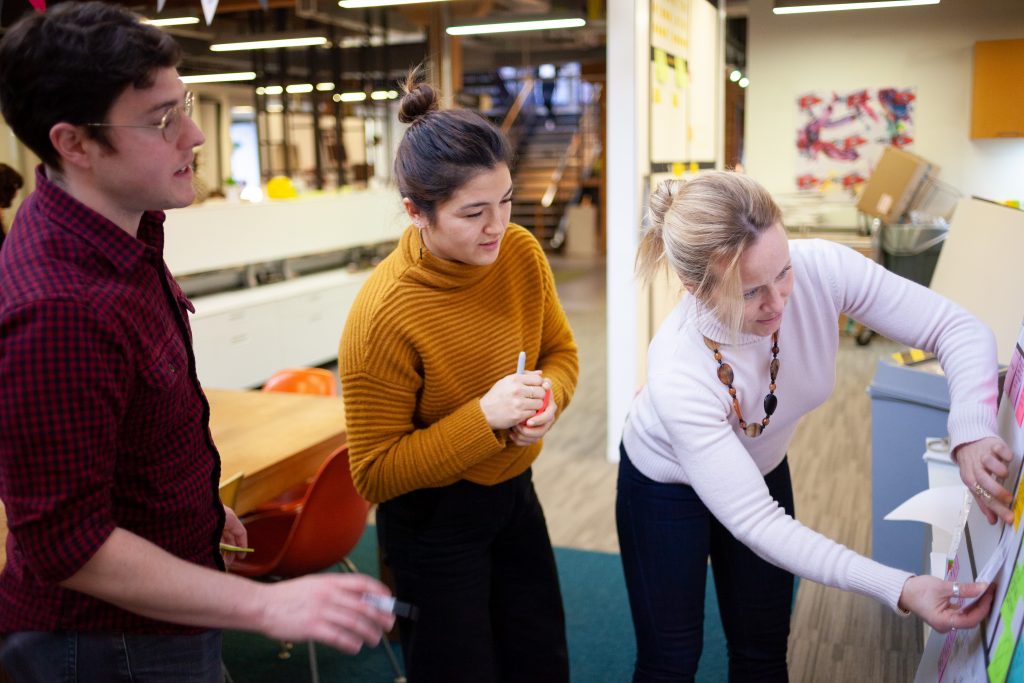
Take us through your typical workday.
There is no typical workday here, which is one of the many reasons I love it so much. Data scientists are core team members here, which means we participate in every step of the design process, from early research through prototyping and testing. We listen to our clients to understand what they are having trouble with. Then we do research in the field to fully define the problem. We go back to the studio, develop some prototypes, and take them back out into the field for testing. Our process basically repeats from there: build, test, repeat. Our prototypes can be very rough, but we always test with people.
This job has let me work on a wide range of problems: I’ve used clustering and dimensionality reduction to create a prototype that communicates health data while encouraging empathy and engagement. I’ve run traffic simulations to assess the size of delivery markets and prototyped animated, interactive explanations inspired by those simulations. I’ve built internal React web-apps for collecting data and texting customers.
In between projects, I’ve used natural language processing (NLP) to analyze my colleagues’ emails, written slackbots, learned some D3, used Google Cloud to automate audio transcription for an internal interview tool, coded a custom simulated annealing algorithm to optimize electoral districts, and most recently, started hacking a RC car to make a tiny autonomous vehicle with some coworkers.
What tech stack do you use?
My tech stack is nothing fancy. I use:
- Atom as my editor, with a handy terminal extension.
- Jupyter Lab for a lot of initial sketchpad work. Jupyter notebooks are great because I can hand my laptop to my teammates and they can easily see what I’m seeing.
- Python, with some JavaScript
- And, last but not least, even the data scientists at IDEO use a lot of post-its!
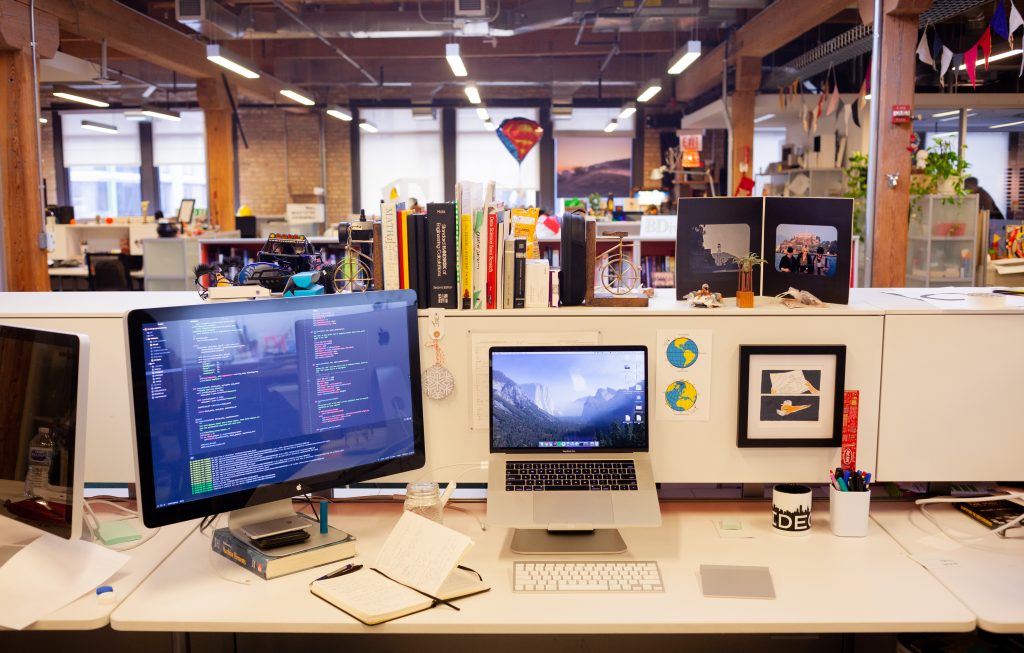
What did you do before working in AI? How does it factor into your work now?
In school, I studied mechanical engineering with a focus in design. My internships were all related to manufacturing in some way. Before IDEO, I was at a startup making dental safety needles. That may not sound super sexy, but it was honestly a lot of fun redesigning a product that hasn’t changed in a century.
To formally transition from mechanical engineering to data science, I attended Metis, a three-month data science bootcamp. Before applying to the bootcamp, I spent about a year poking around on the internet trying to learn things on my own. I dabbled in several Coursera classes but only completed one. I craved a classroom environment.
For months, I wrote off the idea of a bootcamp. I didn’t trust the idea of for-profit education; I wanted to go to a “real” school. But while I was researching programs and studying for the GRE, two of my close friends went off and did bootcamps, loved them, and got excellent jobs. I learned that there is an “old-guard” of very academic data scientists who don’t respect bootcamp grads, but that view is waning; modern, agile companies have no issue with 21st-century vocational training. Plus, it made way more financial sense than two years of grad school!
Before the bootcamp I struggled to learn things on my own. I could tell there was this foundational hill of knowledge that I needed to get over. Not only did the bootcamp give me the skills to get my first data science job, but it also made me feel capable and empowered to learn things on my own.
How do you keep learning?
I mostly learn from my coworkers. This is my first data science job and I’ve only been here a year. I am fortunate to be surrounded by people who know way more than me. For example, I recently wanted to rewrite my final project from the bootcamp. I knew I wanted to use a new algorithm, and my coworkers steered me towards simulated annealing.
In between projects, we usually get some unstructured downtime that we call “whitespace”. I use this time to pursue passion projects that are centered around things I would like to learn. For example, my simulated annealing project helped me learn an optimization technique my coworkers have used while making me a more informed citizen! (I am attempting to draw more sensible electoral districts for Chicago.) My favorite resource for a lot of these projects is honestly just Wikipedia, and I would encourage anyone who uses it heavily to donate!
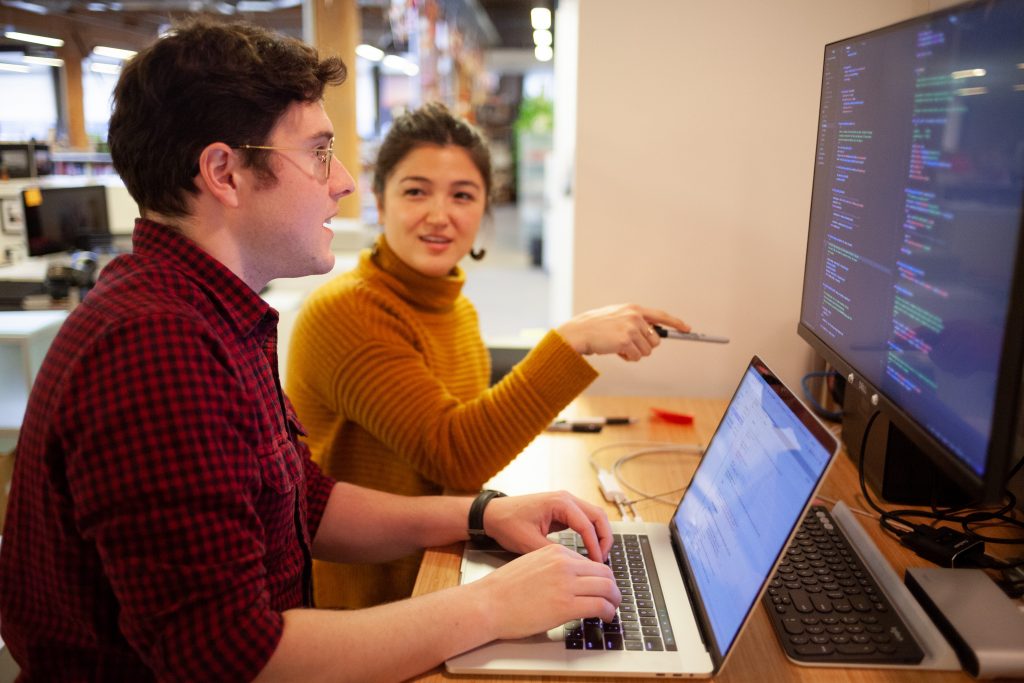
What AI trend are you most excited about?
I’m most excited about the growing understanding that biased data creates biased algorithms. There’s been a new push for data scientists to incorporate ethics into everything they do. I’m a big fan of O’Reilly’s series Ethics and Data Science and my own colleagues’ work on Data, Ethics, and AI. I’m also hopeful that the EU GDPR will prove that an emphasis on privacy and consent only leads to more a more competitive market.
Why did you choose to work in industry vs. academia?
I love learning but prefer learning through doing. For a time I was considering going back to grad school, but happily found out the bootcamp was more than sufficient. I’m very fortunate to be at a company that supports pursuit of craft and recognizes that continued learning is essential.
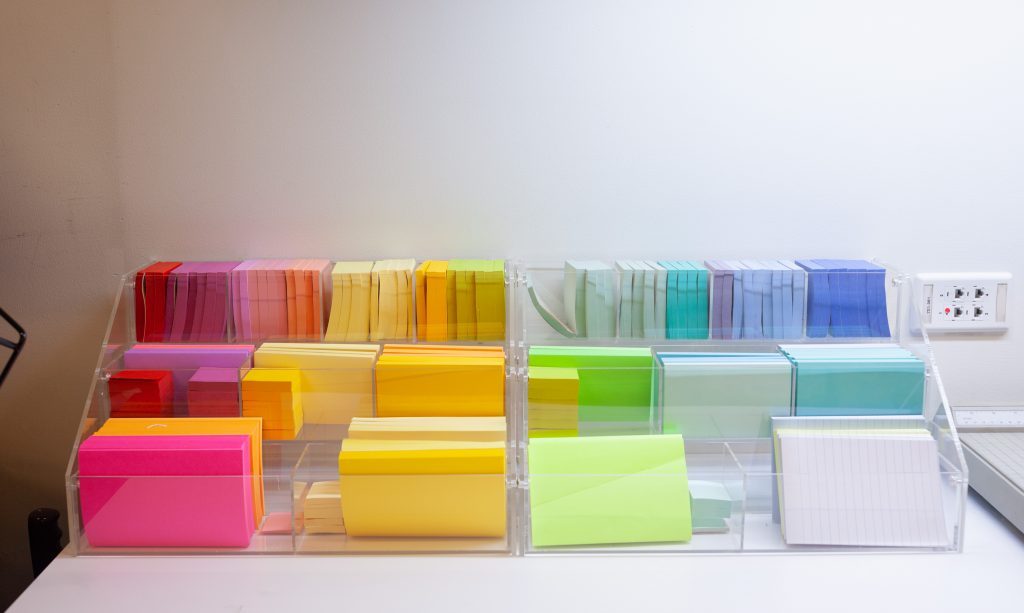
What advice do you have for people trying to break into AI?
There are so many different aspects to AI. The title of data scientist means something different at every company. My advice is simply to follow your passions and see where they lead you. Don’t worry too much about job titles. If the work interests you, apply.
Joe Gambino is a designer and data scientist at IDEO. You can find him on LinkedIn.